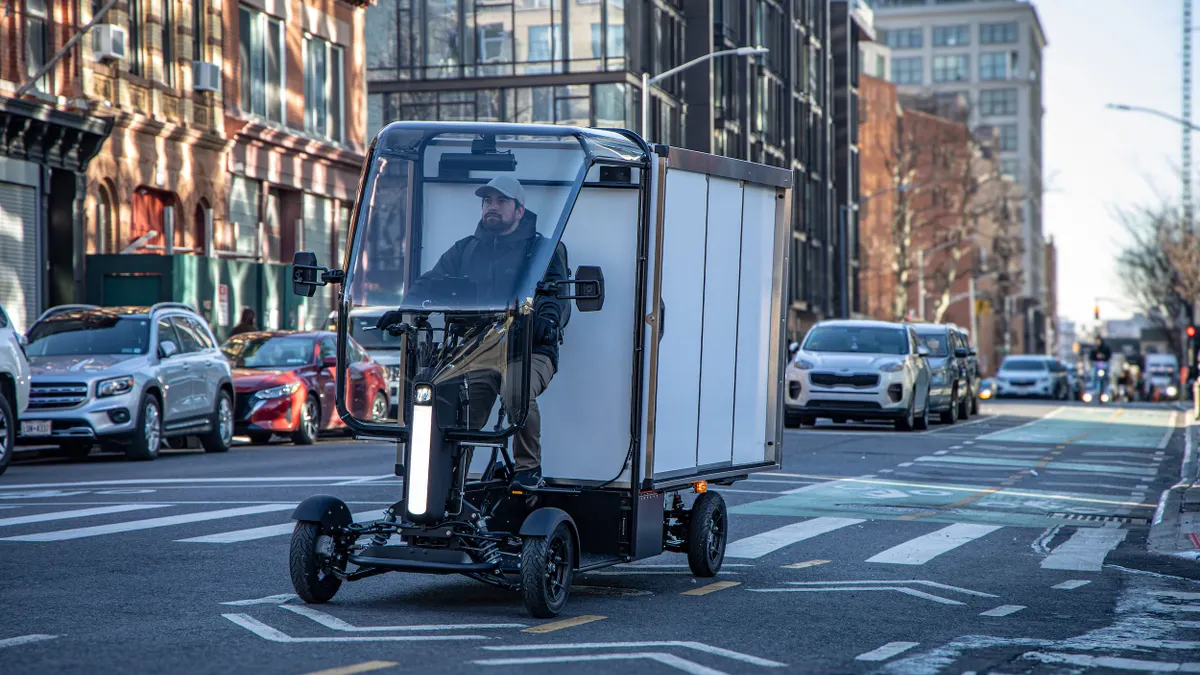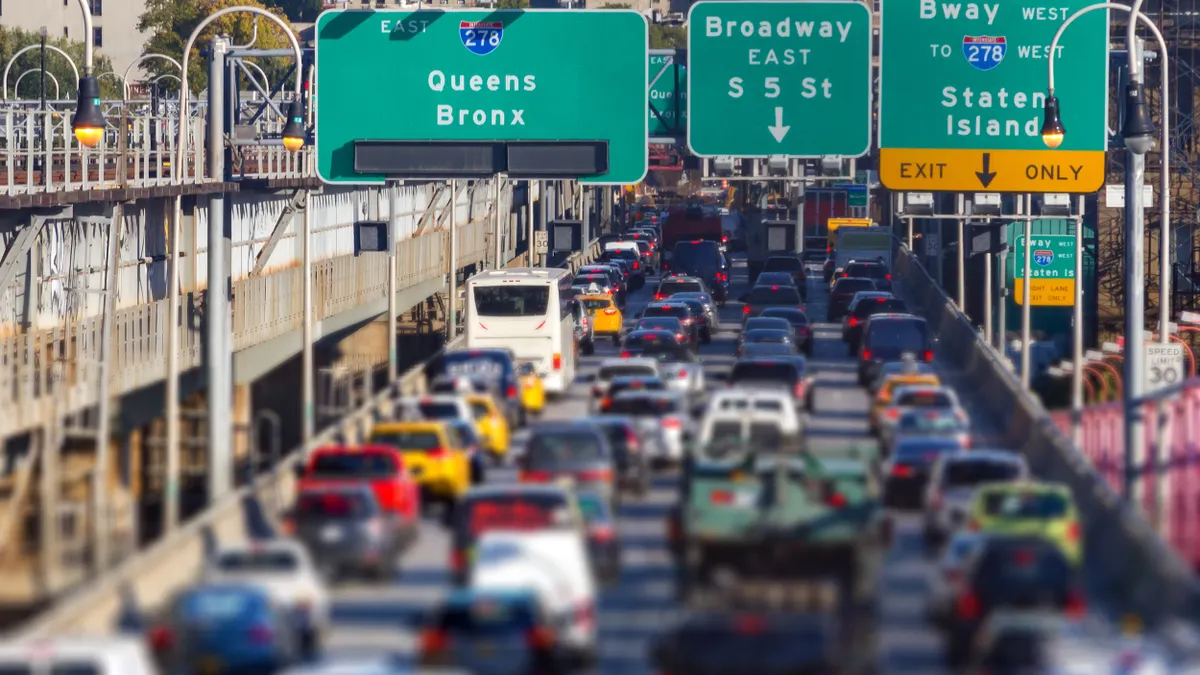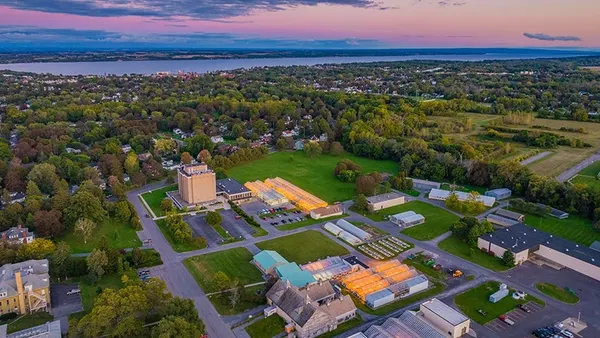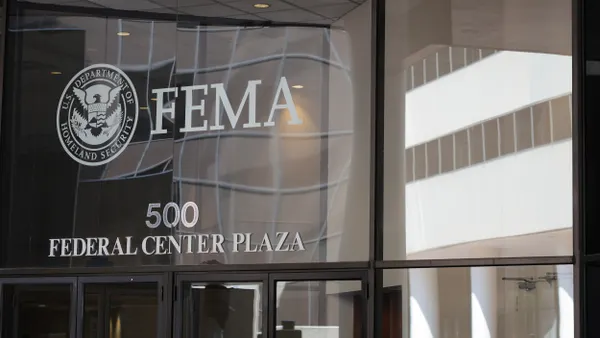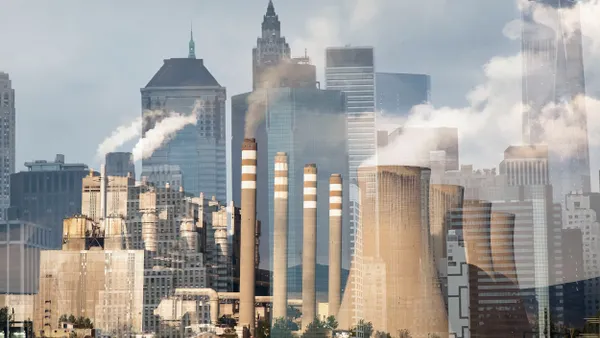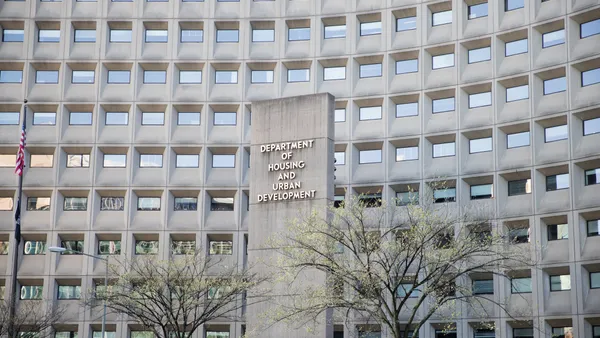Dive Brief:
- The New Mexico Occupational Health and Safety Bureau has submitted a petition to the state Environmental Improvement Board to adopt a proposed rule around workplace heat illness and injury prevention, per a release from the New Mexico Environment Department.
- The proposal singles out construction as among the industries most at risk for heat-related illness and injury.
- Should the state adopt the rule, it would join five others — California, Nevada, Minnesota, Oregon and Washington — that have enacted such standards around heat safety.
Dive Insight:
The New Mexico Department of Health reported there were more than 800 heat-related emergency room visits in 2024, per the release. Extreme heat is a leading cause of weather-related deaths in the United States per the National Weather Service, and the American Southwest is among the fastest-warming regions of the country, the release said.
“New Mexico is both hotter and dryer than in years past due to the impacts of climate change,” said Kristy Peck, acting Occupational Health and Safety Bureau chief, in the release. “Employers need to protect their employees from the reality of heat-related injuries.”
The proposed rule would require employers to take measures to protect workers from heat-related illness and injury, including:
- Taking time to acclimate to hot environments.
- Providing access to clean, cool drinking water throughout the workday.
- Mandating frequent rest periods in the shade.
The submission to the Environmental Improvement Board is step one in the process. The petition requests a two-day hearing before the board in June. If the rule is adopted, it would take effect in July.
The next step is for the state OSHA agency to open comments on the rule for 60 days in April and May.
National standard on ice
Federal OSHA was working on its own nationwide safety standard as it relates to heat. The rule, championed by former President Joe Biden’s administration, is not likely to move ahead now that Donald Trump is president, experts told Construction Dive.
That rule will likely remain in limbo. Public comments closed Dec. 30, 2024, and it can take months to review and assess them prior to finalizing the rule, something Trump’s government has not indicated it will pursue. But the New Mexico proposal carries some of the same specific guidance.
For instance, the state rule would mandate employers to have a heat illness and prevention plan, which would need to be on the books for when temperatures cross a certain threshold on the heat index, indicating an elevated risk for worker injury or illness.
The New Mexico rule also lays out specifics for acclimatization, including how prepare new workers for working in elevated temperatures and how to monitor them.
But those elements of the national rule are also what caused it to face scrutiny. Critics said the specifics would make overly burdensome and challenging to implement.
“I think this one was too detailed, too problematic for compliance, I think it set employers up for failure,” Phillip Russell, OSHA and employment lawyer, litigator and advisor for Washington, D.C.-based firm Ogletree Deakins, said of the federal rule.






